Geometry and measure
Angles, lines and polygons - Eduqas
Polygons are multi-sided shapes with different properties. Shapes have symmetrical properties and some can tessellate.
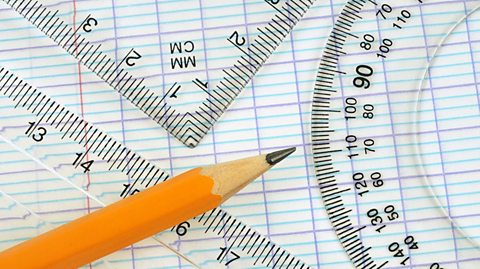
Loci and constructions - Eduqas
Loci are a set of points with the same property. Loci can be used to accurately construct lines and shapes. Bearings are three figure angles measured clockwise from North.
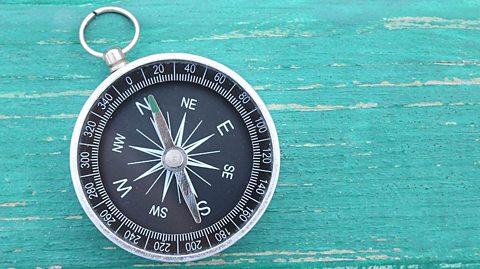
2-dimensional shapes - Eduqas
2-dimensional shapes are flat. The perimeter of a 2D shape is the total distance around the outside of the shape. The area of a 2D shape is the space inside the shape.
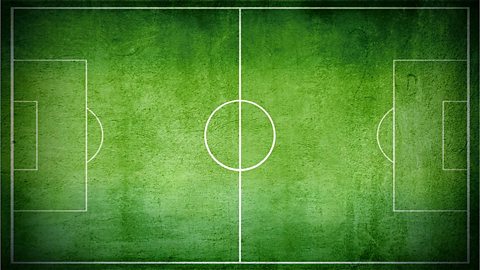
3-dimensional shapes - Eduqas
3-dimensional shapes have faces, edges and vertices. Volume is the space contained within a 3D shape. Surface area is the sum of the area of each face. 3D shapes can be viewed from different points.
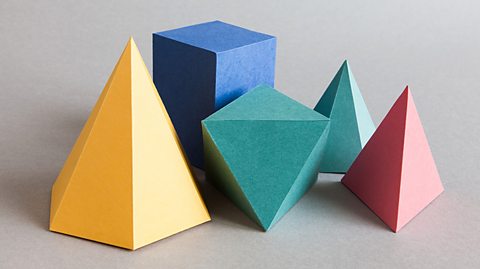
Circles, sectors and arcs - Eduqas
Circles are 2D shapes with one side and no corners. The circumference is always the same distance from the centre - the radius. Sectors, segments, arcs and chords are different parts of a circle.
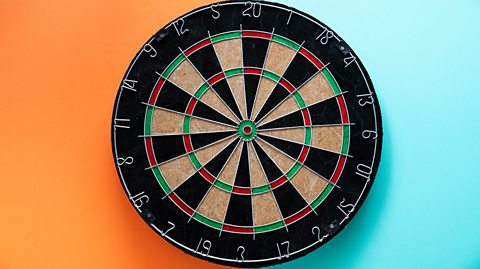
Circle theorems - Higher - Eduqas
Circles have different angle properties described by different circle theorems. Circle theorems are used in geometric proofs and to calculate angles.
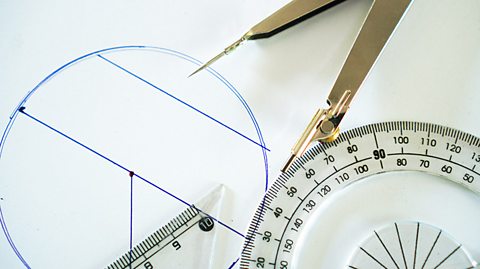
Transformations - Eduqas
Transformations change the size or position of shapes. Congruent shapes are identical, but may be reflected, rotated or translated. Scale factors can increase or decrease the size of a shape.

Pythagoras' theorem - Eduqas
Pythagoras’ theorem can be used to calculate the length of any side in a right-angled triangle. Pythagoras’ theorem can be applied to solve 3-dimensional problems.
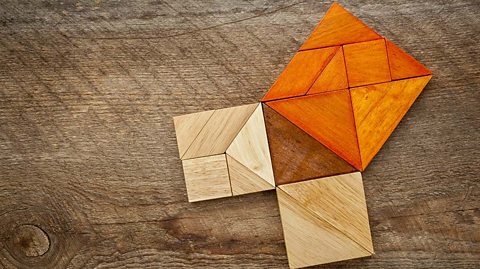
Units of measure - Eduqas
A unit of measurement describes one unit of a quantity. Units of measurement can be imperial or metric. They can be converted using conversion factors.
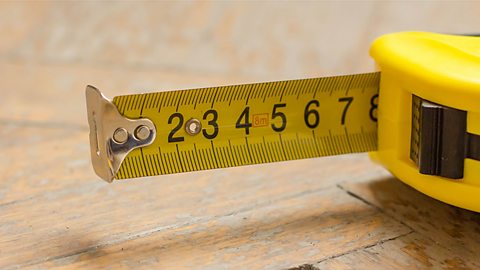
Trigonometry - Eduqas
The three trigonometric ratios; sine, cosine and tangent are used to calculate angles and lengths in right-angled triangles. The sine and cosine rules calculate lengths and angles in any triangle.
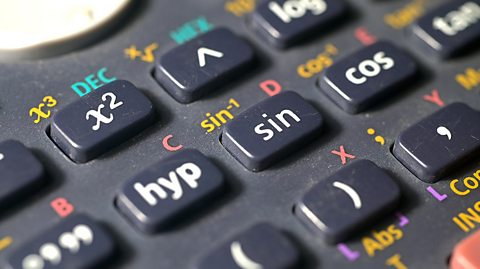
Vectors - Eduqas
A vector quantity has both size and direction. Vectors can be added, subtracted and multiplied by a scalar. Geometrical problems can be solved using vectors.

Links
- External linkExternal link
- SubscriptionSubscription
- External linkExternal link
- External linkExternal link
- External linkExternal link